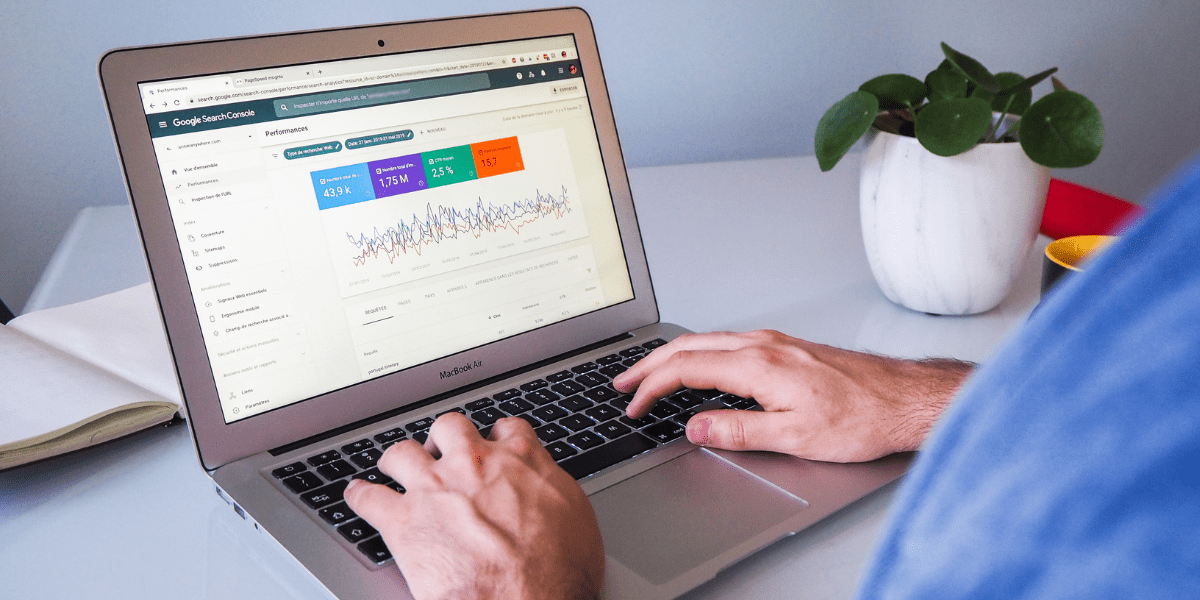In today’s digital age, having a website is essential for any business or individual looking to establish an online presence. However, simply having a website is not enough.
You need to ensure that your website is getting the traffic it deserves in order to maximize its potential. This can be a challenge, especially with so many websites competing for online visibility.
If you’re struggling to get traffic to your website, you’re not alone. Many website owners find themselves in the same boat, but the good news is that there are steps you can take to improve your search engine rankings, increase website traffic, and ultimately boost your online success.
In this article, we will be examining the top 7 reasons why your website isn’t getting traffic, and providing you with actionable steps you can take to address these issues. Whether you’re a seasoned website owner or just starting out, this guide will help you to take your website to the next level and start getting the traffic and conversions you deserve.
Here are 7 reasons why your website isn’t getting traffic and how to fix it:
Table of Contents
1. Poor Content Quality
The first and most important factor when it comes to driving traffic to your website is the quality of your content. If your content is poorly written, uninteresting, or simply not useful, visitors are not going to stay for long. This is why it’s so important to focus on creating high-quality content that provides real value to your visitors.
Here are a few tips to help improve the quality of your content:
- Write in a clear, concise style that is easy to understand. Use simple language, short sentences, and clear, concise explanations.
- Use subheadings, images, and other formatting elements to break up long blocks of text and make it easier to read. This will also help keep your visitors engaged and prevent them from becoming bored.
- Ensure that your content is original and provides real value to your visitors. Research your topic thoroughly, and make sure that your content is informative, accurate, and relevant.
2. Lack of Keyword Optimization
Keyword optimization is the process of using specific keywords in your website’s content to improve its visibility in search engine results. If your website is not optimized for the right keywords, it’s not going to show up in the search results for the keywords that matter to you.
To improve your keyword optimization, consider the following:
- Conduct keyword research to determine the keywords you should be targeting. Use tools like Google’s Keyword Planner or SEMrush to find keywords that are relevant to your niche and have a high search volume.
- Use those keywords in your website’s content, meta tags, and other areas that search engines use to understand your site. Make sure that your keywords are used in a natural and organic way, rather than being stuffed into your content in a way that is unnatural and spammy.
- Ensure that your website’s content is relevant and high-quality. This will help you rank higher in search results, as search engines like Google value high-quality, relevant content.
3. Poor Website Design
Your website’s design is another important factor when it comes to driving traffic. If your website is poorly designed, difficult to navigate, or simply doesn’t look professional, visitors are not going to stick around.
Here are a few tips to help improve your website’s design:
- Make sure that your website is easy to navigate, with clear, intuitive menus and navigation links. Visitors should be able to find what they’re looking for with ease, without having to search through multiple pages.
- Ensure that your website is optimized for all devices, including desktop computers, laptops, and mobile devices. This will help ensure that visitors have a positive experience on your site, regardless of the device they’re using.
- Use high-quality images, graphics, and other visual elements to make your site look attractive and professional. A well-designed website will not only keep visitors on your site longer, but it will also help improve your overall brand image.

4. Lack of Quality Backlinks
Backlinks are links from other websites that point to your website. These links are critical to your website’s search engine optimization (SEO) and can greatly impact your search engine rankings.
Backlinks signal to search engines that other reputable websites vouch for the content on your website, thus making your site more authoritative in their eyes. The more high-quality backlinks your website has, the higher it will rank in search results. However, if your website lacks backlinks, it may not be appearing in search results or attract the traffic it deserves.
Here are some ways to improve your backlink profile:
- Guest Posting: Reach out to websites in your niche and offer to write a guest post for their site. This will give you an opportunity to include a link back to your website, which can help build your backlink profile.
- Create High-Quality Content: By creating high-quality, shareable content, other websites may naturally link back to your site. This can include blog posts, infographics, videos, or any other type of content that provides value to your audience.
- Participate in Online Communities: Join online communities in your niche and contribute to the conversation. When you provide valuable information or insights, other members may include a link back to your website in their posts.
- Use Infographics: Infographics are a great way to create shareable content that can help you build backlinks. By including your website’s link in the infographic, others can easily
5. Slow Loading Speed
Slow loading speed is another factor that can affect your website’s traffic. If your website takes too long to load, visitors are likely to get frustrated and leave before they’ve had a chance to see what you have to offer. This can hurt your search engine rankings, as well as your overall traffic numbers.
To improve your website’s loading speed, consider the following:
- Optimize your images and other large media files to reduce their size and speed up loading time.
- Use a fast, reliable hosting provider to ensure your website loads quickly for all visitors.
- Minimize the use of heavy plugins and other scripts that can slow down your website.
- Implement caching techniques to reduce the amount of data that needs to be loaded each time a visitor comes to your site.
6. Non-Optimized Meta Descriptions and Titles
Meta descriptions and titles are the snippets of information that appear in search engine results to provide a preview of what your website is about.
If your meta descriptions and titles are not optimized, they can negatively impact your search engine rankings and make it less likely that people will click on your website in the search results.
To improve your meta descriptions and titles, consider the following:
- Ensure that each page on your website has a unique and relevant meta description and title.
- Include your target keywords in your meta descriptions and titles, but make sure they read naturally and don’t appear spammy.
- Keep your meta descriptions and titles short and to the point, so they fit within the character limits of search engine results.
- Make sure your meta descriptions and titles accurately reflect the content on your website, so visitors know what to expect when they click through to your site.
7. Not Having a Mobile-Friendly Website
With the increasing use of smartphones and tablets for browsing the web, it’s more important than ever to have a mobile-friendly website.
If your website is not optimized for mobile devices, it will be difficult to navigate and may load slowly, which will turn away potential visitors.
To make your website mobile-friendly, consider the following:
- Ensure your website is responsive, meaning it will automatically adjust its layout to fit the screen size of any device.
- Reduce the amount of data your website uses, as this will improve its loading speed on mobile devices.
- Make sure your website’s menus, buttons, and other interactive elements are easy to use on a smaller screen.
- Consider using a mobile-specific design or theme for your website to improve its appearance and functionality on mobile devices.
The bottom line
In conclusion, there are many factors that can contribute to a lack of traffic to your website. From poor website design to a lack of unique and relevant content, these issues can be easily addressed with the right strategies and techniques.
By fixing these common problems, you can improve your website’s visibility and attract more traffic, ultimately increasing your chances of success.
Remember, the key is to focus on creating a user-friendly and engaging website, while also keeping your content fresh and up-to-date. With these tips in mind, you can optimize your website and start driving more traffic, leads, and sales to your business.







